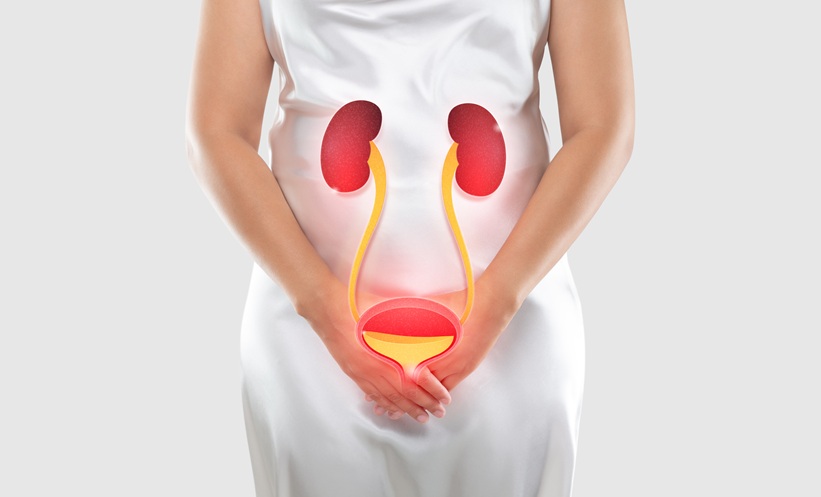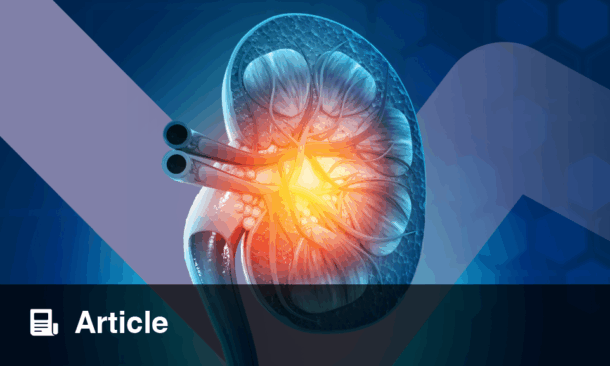BACKGROUND
Chronic kidney disease (CKD)-related anaemia is a common and debilitating complication, primarily due to a relative deficiency in endogenous erythropoietin production, resulting from a declining renal function. This anaemia contributes significantly to fatigue and increased cardiovascular risk in patients with CKD. Currently, erythropoiesis-stimulating agents (ESA) represent the standard of therapy. However, ESA require parenteral (subcutaneous) administration and cold chain maintenance, posing logistical challenges, especially in tropical countries. Moreover, there are risk about cardiovascular safety and hypo-responsiveness to ESA therapy in patients with CKD.
Desidustat, an orally administered hypoxia-inducible factor prolyl hydroxylase inhibitor, represents a novel therapeutic class that stimulates endogenous erythropoietin production by mimicking the body’s natural response to hypoxia. Notably, desidustat was indigenously developed in India. Its oral formulation eliminates the need for injections and cold storage, offering a practical and patient-friendly alternative to ESA.
METHODS
Retrospective data from a single-centre study, presented at European Renal Association (ERA) Congress 2025 by the author, evaluated the real-world effectiveness and safety of desidustat in 116 patients with CKD-related anaemia.1 The cohort included 66.4% of patients on pre-dialysis, 28.5% of patients receiving dialysis, and 5.2% of post-transplant recipients. Among them, 59.5% were initiated on desidustat de novo, while 40.5% were switched from ESA therapy. Haemoglobin (Hb) and serum potassium levels were monitored from baseline through five follow-up visits.
RESULTS
Efficacy Outcomes
The overall mean Hb increased significantly from 9.65 g/dL at baseline to 11.13 g/dL at 5th day follow-up visit (p<0.05), with a mean absolute rise of 1.47 g/dL. Patients on pre-dialysis demonstrated the most robust response, with an increase of 1.74 g/dL. Patients receiving dialysis showed a delayed but meaningful improvement, with Hb rising by 0.78 g/dL. Post-transplant recipients also responded positively, with Hb increasing from 9.2 g/dL to 10.3 g/dL.
Comparison with ESA Therapy
Both patients de novo and those switched from ESA therapy exhibited comparable improvements in Hb levels, with no statistically significant difference between the groups (p>0.05), suggesting desidustat’s consistent efficacy regardless of prior treatment history.
Safety Profile
Serum potassium levels remained stable throughout the treatment period across all subgroups, indicating a favourable safety profile with no significant electrolyte disturbances (p>0.05). Adverse events were observed in 11 patients, including arteriovenous fistula failures (n=4), left ventricular failure (n=2), arterial thrombosis (n=1), deep vein thrombosis (n=2), acute pancreatitis and transamintis (n=1), and haemorrhagic stroke (n=1).
CONCLUSION
This real-world analysis supports desidustat as a safe and effective alternative to traditional ESA therapy for managing anaemia in patients with CKD. The most pronounced benefits were observed in patients on pre-dialysis, with consistent Hb improvements and stable potassium levels across the cohort. These findings reinforce the potential role of desidustat in the evolving therapeutic landscape of renal anaemia, particularly in settings where cold chain logistics and injection-based therapies pose challenges.





